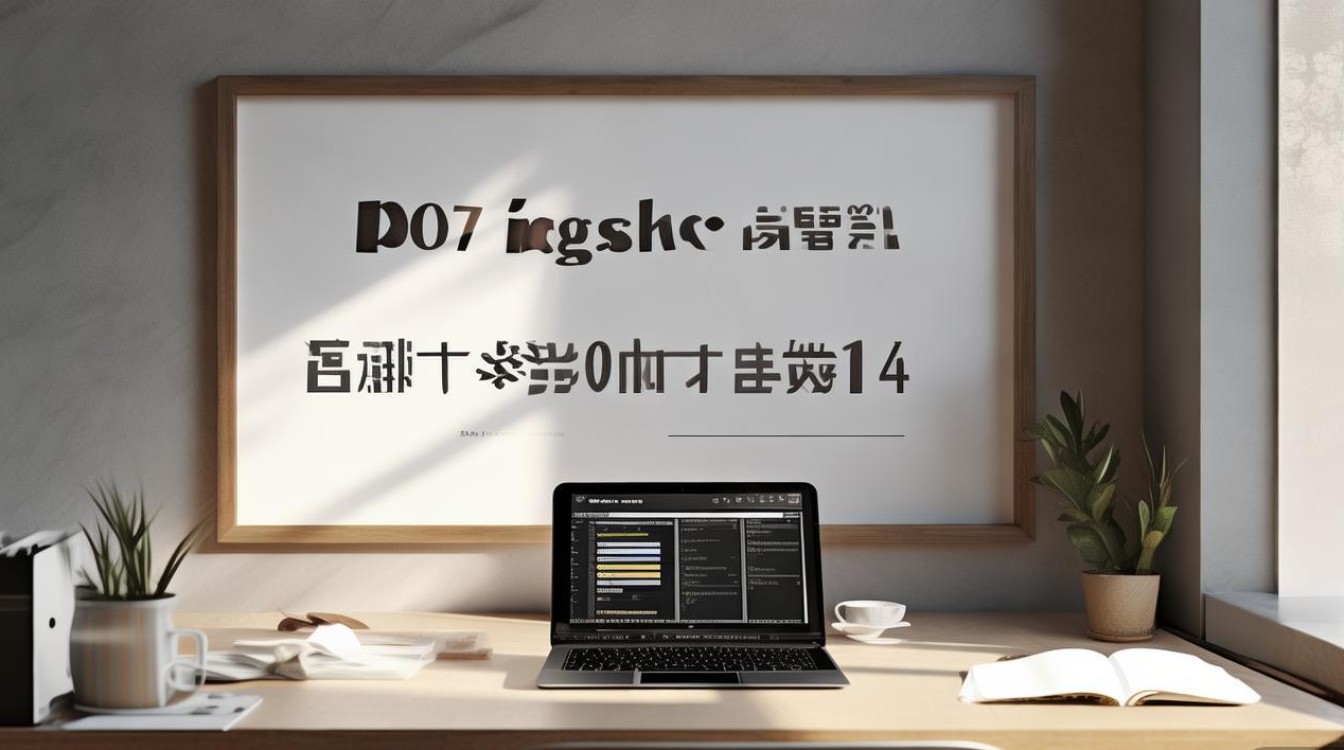口语任务四的核心要素与解题策略
在托福口语考试中,Task 4(学术讲座总结题)是考察学生综合听力理解与口语表达能力的重点题型,该任务要求考生先听一段90-120秒的学术讲座,随后基于讲座内容回答相关问题,通常需要总结讲座中的核心概念、定义、例子或过程,以下是针对TPO27口语Task 4的详细解析,包括题型特点、解题步骤、高分技巧及常见误区。

题型结构与任务要求
TPO27口语Task 4的讲座主题通常涉及心理学、生物学、社会学等学科,内容抽象但逻辑清晰,TPO27中的Task 4讲座主题为“Cognitive Dissonance”(认知失调),教授通过定义、理论背景和实验案例展开讲解,考生需在30秒准备时间后,用60秒完成回答,内容需涵盖:
- 核心概念:明确讲座主题的定义(如认知失调指个体持有矛盾信念时的心理不适)。
- 关键细节:教授解释的要点(如减少失调的三种方式:改变信念、增加新信念、忽视矛盾信息)。
- 具体例子:讲座中引用的实验或实例(如Aronson和Mills的实验,说明认知失调如何影响行为)。
高效解题步骤
听力阶段:抓取信息框架
- 记笔记技巧:采用“关键词+符号”法,例如用“CD”代替“Cognitive Dissonance”,用“→”表示因果关系。
- 结构化记录:分三栏记录“定义”“要点”“例子”,避免信息混杂。
准备阶段:逻辑组织内容
- 时间分配:前10秒明确主题,中间40秒分点阐述,最后10秒总结。
- 模板应用:使用“First... Second... Third...”等连接词,确保条理清晰。
表达阶段:语言简洁准确
- 避免复杂句:用简单句传递核心信息,Cognitive dissonance is the mental discomfort caused by holding conflicting beliefs.”
- 学术词汇替换:将“uncomfortable”替换为“psychological discomfort”,体现语言能力。
TPO27 Task 4高分范例分析
以“Cognitive Dissonance”为例,参考回答结构如下:
| 段落 | 内容要点 | |
|---|---|---|
| 开头 | 定义认知失调 | Conflicting beliefs, mental discomfort |
| 主体1 | 减少失调的方式1:改变信念 | Change beliefs, align with actions |
| 主体2 | 减少失调的方式2:增加新信念 | Justify behavior, new information |
| 主体3 | 实例:Aronson实验 | Participants, hazing task, rated severity |
| 总结理论意义 | Explains human behavior, self-justification |
范例回答:
“Cognitive dissonance refers to the mental discomfort people feel when they hold two conflicting beliefs or when their beliefs don’t match their actions. To reduce this discomfort, individuals may change one of their beliefs. For example, if someone values health but smokes, they might quit smoking to align their behavior with their belief. Another way is to add new beliefs to justify the behavior. For instance, a smoker might think, ‘Smoking helps me relax, so it’s not that bad.’ The lecture also mentioned an experiment by Aronson and Mills, where participants who went through a severe initiation rated the group discussion more positively than those with an easy initiation. This shows that people tend to justify their efforts to reduce dissonance.”
常见误区与避坑指南
- 信息遗漏:只讲例子未提定义,导致逻辑不完整。
- 对策:按“定义→要点→例子”顺序展开,确保覆盖所有评分点。
- 过度概括:用模糊语言代替具体细节,如“the experiment showed something”而非“participants rated the task as more meaningful”。
- 对策:笔记中记录实验名称、参与者行为等关键数据。
- 时间管理不当:前20秒铺垫过多,导致例子部分仓促。
- 对策:用“Today, the professor discussed...”直接切入主题。
备考建议
- 精听TPO讲座:逐句听写,分析教授的论证逻辑。
- 模拟计时练习:从“写稿回答”过渡到“脱稿表达”,提升流利度。
- 积累学科词汇:整理心理学、生物学等高频术语,如“confirmation bias”“operant conditioning”。
FAQs
Q1: 如何在短时间内记下讲座的所有重要信息?
A1: 优先记录“定义”“分论点”“例子”三大模块,用缩写和符号提高效率(如“CD”=Cognitive Dissonance,“exp”=experiment),避免逐字记录,抓取名词和动词,Participants rated severity higher”可简化为“Ps rated sev ↑”。
Q2: 如果没听懂某个专业术语,是否会影响整体得分?
A2: 影响较小,只要能用简单语言解释其含义即可,若未听清“cognitive dissonance”,可用“the feeling when you have two opposite ideas”代替,关键是通过上下文和例子展示对讲座主旨的理解,而非纠结于术语本身。











